Sanshin
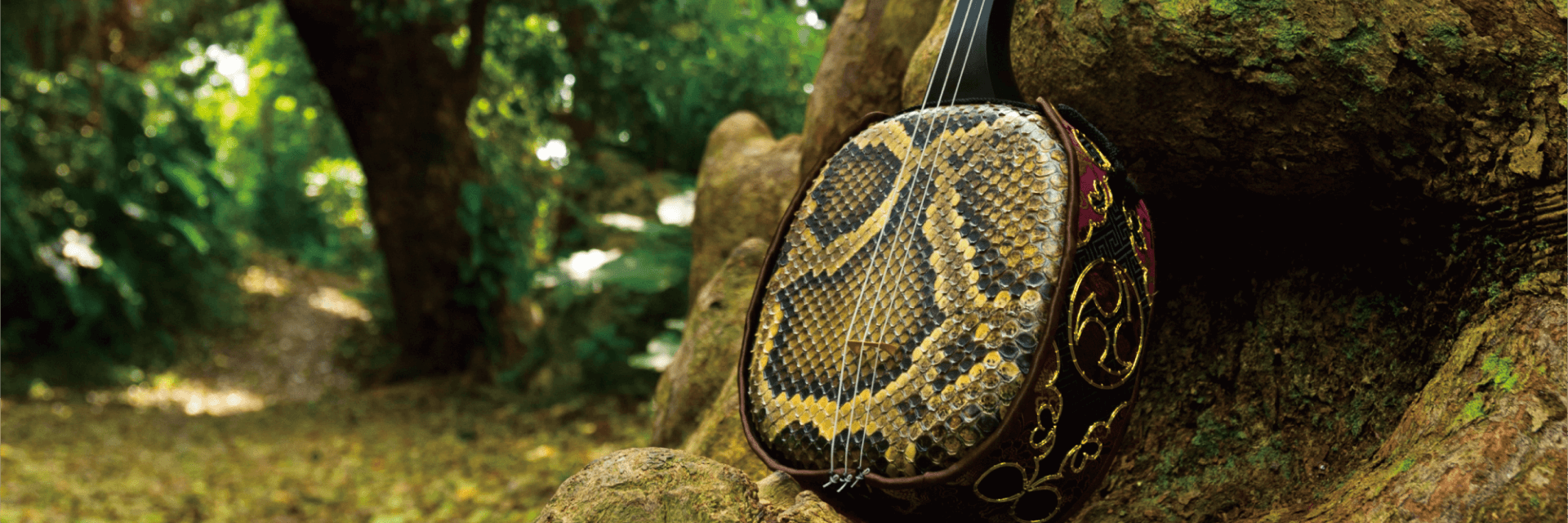
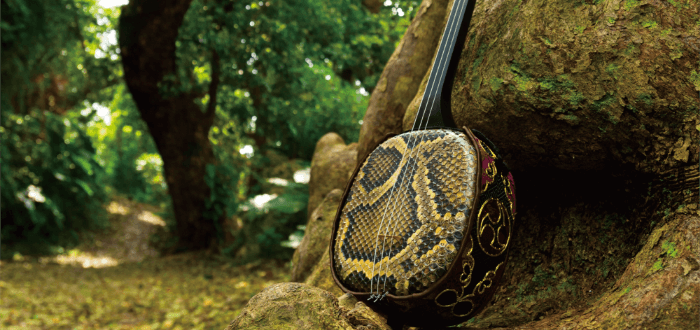
What is a Sanshin?
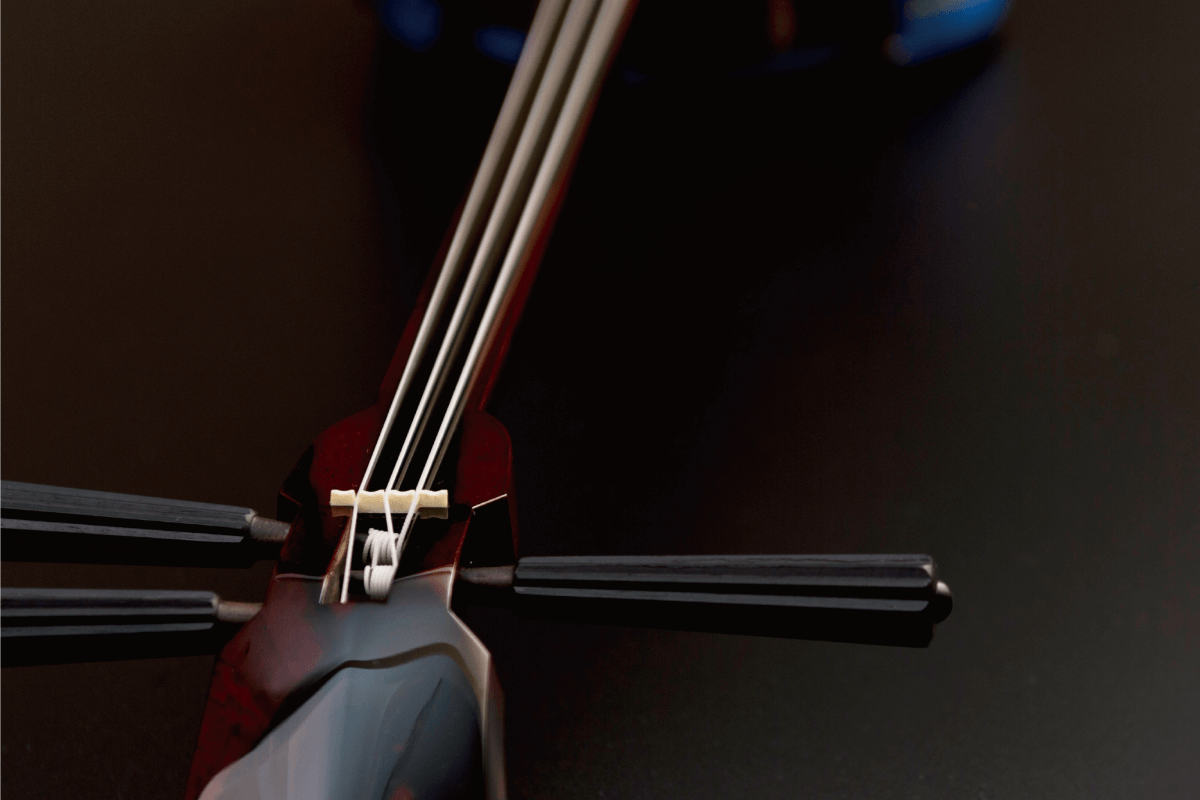
Sanshin is a traditional instrument that was nurtured by the history and culture of Ryukyu.
Okinawa was once known as the Ryukyu Kingdom. Located in the center of the East China Sea, the Ryukyu Islands took advantage of their geographical characteristics to actively engage in trade with countries in East Asia since the ancient times. In the late 14th century, a three-stringed instrument known as “sunsuen” was introduced to the Ryukyu Kingdom, which had prospered as an independent nation, by 36 individuals of the Binjing people from the lower reaches of the Min River in Fujian, China. In the 15th century, the “sansuen” was promoted by the King, Sho-sin, to the samurai class as a form of education. Thereafter, it was introduced from Ryukyu to Yamato (Sakai) and eventually it spread throughout Japan known as the “shamisen”.
Okinawa was once known as the Ryukyu Kingdom. Located in the center of the East China Sea, the Ryukyu Islands took advantage of their geographical characteristics to actively engage in trade with countries in East Asia since the ancient times. In the late 14th century, a three-stringed instrument known as “sunsuen” was introduced to the Ryukyu Kingdom, which had prospered as an independent nation, by 36 individuals of the Binjing people from the lower reaches of the Min River in Fujian, China. In the 15th century, the “sansuen” was promoted by the King, Sho-sin, to the samurai class as a form of education. Thereafter, it was introduced from Ryukyu to Yamato (Sakai) and eventually it spread throughout Japan known as the “shamisen”.
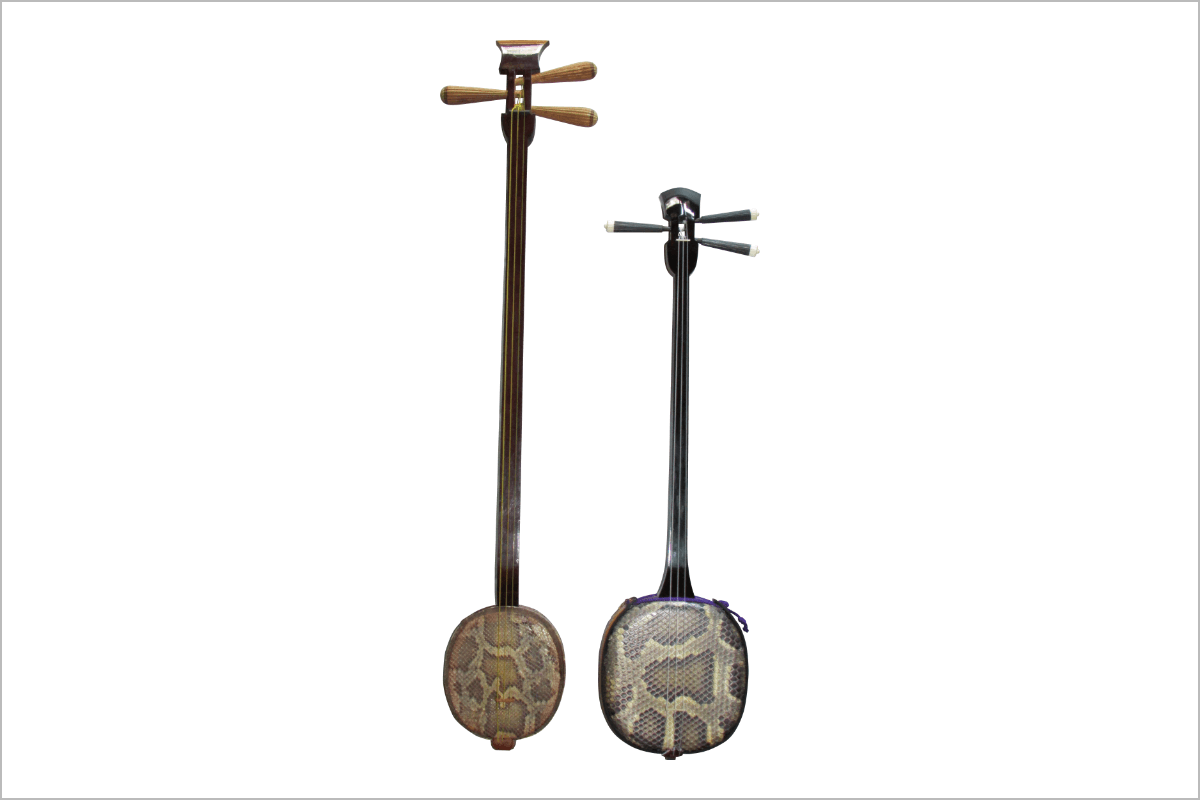
Ryukyu’s Treasure, Then and Now
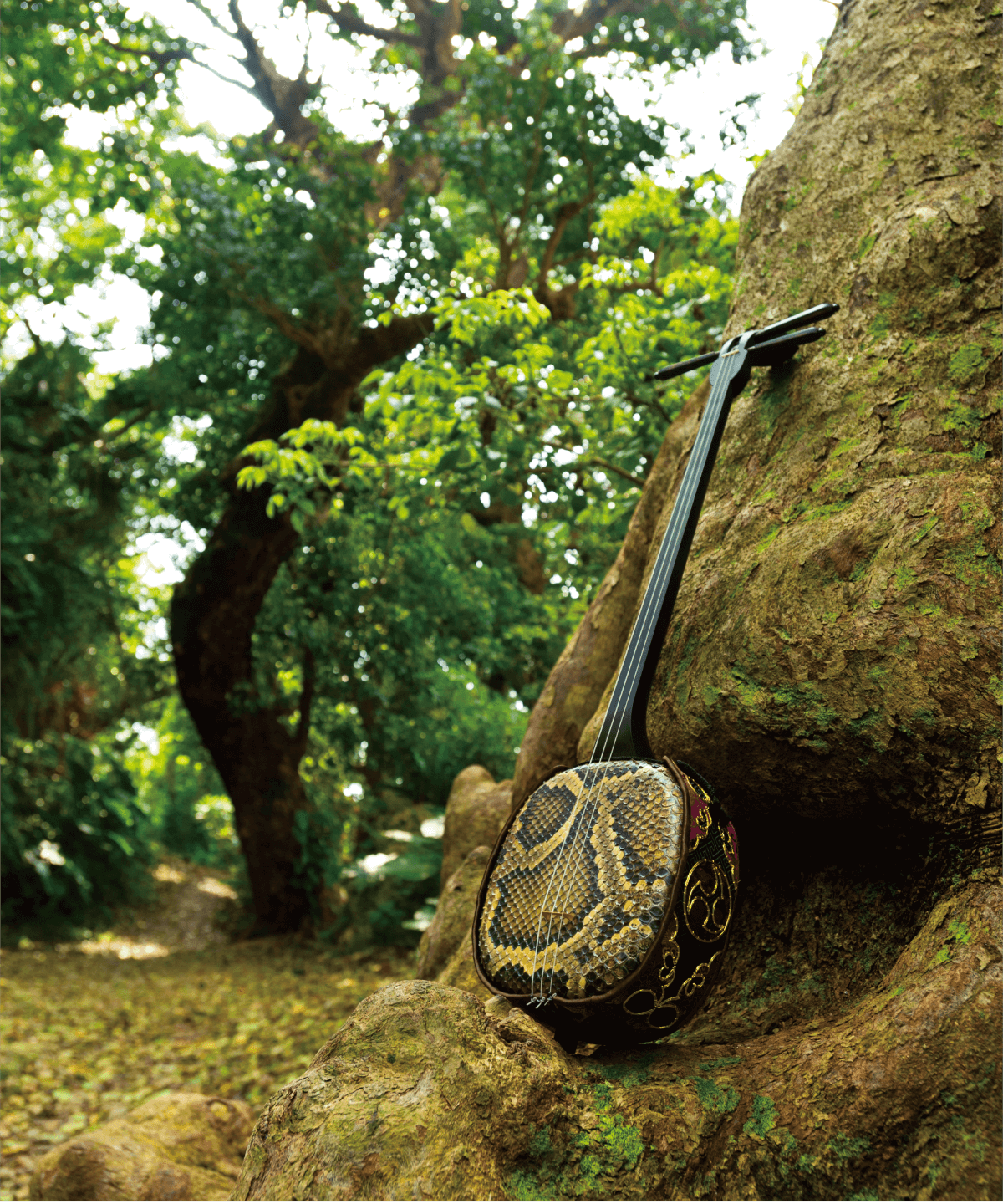
In 1955, during the Ryukyu government era, three sanshin were designated as “Special Important Cultural Assets”. By 1958, eight other famous sanshin were designated as “Important Cultural Assets”. In 1972, the same year as Okinawa’s reversion to mainland Japan, these sanshin became Designated Tangible Cultural Properties to Okinawa Prefecture. In 1995, nine more sanshin were added to the list, adding up to a total of 20 sanshin receiving the designation as of today. In 2012, the sanshin was designated as the “26th Traditional Craft of Okinawa”. Today, the pure and humble sound of the sanshin has fascinated many artists and is used in a variety of musical scenes such as Kumiodori (a traditional Okinawan musical drama), Ryukyuan classical music, Ryukyuan opera, folk songs, folk performing arts, and pop music.
The Attraction as an Artwork
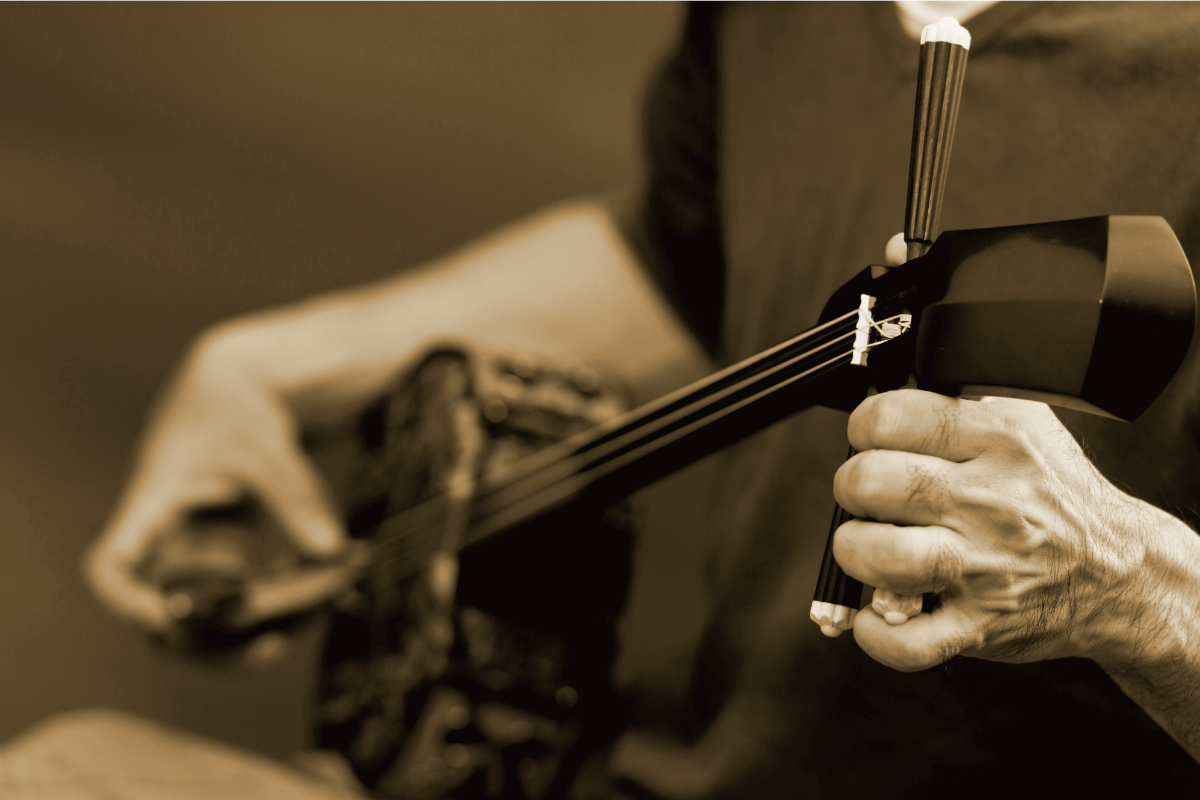
The value of sanshin as a piece of an artwork must be included when describing the charm of the sanshin.
Many enthusiastic fans of the sanshin describe the beautiful shape of the sanshin as “chura ka-gi” (beautiful woman), as if they were admiring a woman. There was a time when the sanshin was kept in a lacquered box, named “kazari sanshin” (ornamental sanshin), and used as a decoration, as the value was placed in owning the sanshin instead of being able to playing it. It is also considered a symbol of good fortune to display two sanshins together, named as “miitu sanshin” (spouse sanshin).
Many enthusiastic fans of the sanshin describe the beautiful shape of the sanshin as “chura ka-gi” (beautiful woman), as if they were admiring a woman. There was a time when the sanshin was kept in a lacquered box, named “kazari sanshin” (ornamental sanshin), and used as a decoration, as the value was placed in owning the sanshin instead of being able to playing it. It is also considered a symbol of good fortune to display two sanshins together, named as “miitu sanshin” (spouse sanshin).
The Seven Traditional Types
A sanshin is composed of the neck (“sao” or “so” in the Okinawan language), body (“dou” or “chiiga” in the Okinawan language), and tuning pegs (“itomaki” or “karakui” in the Okinawan language), of which each type of sanshin is determined by the shape of the neck. The seven typical types are named after the master craftsmen of the Ryukyu Kingdom period who created them. It is interesting to compare the thickness of the neck, the length of the peg (“itokura” or “chirudamai” in the Okinawan language), the shape of the head of the sanshin (“ten” or “chira” in the Okinawan language), and the curve at the neck end (“hatomune” or “utuchikara” in the Okinawan language) and compare the differences.
The Fēbaru Type
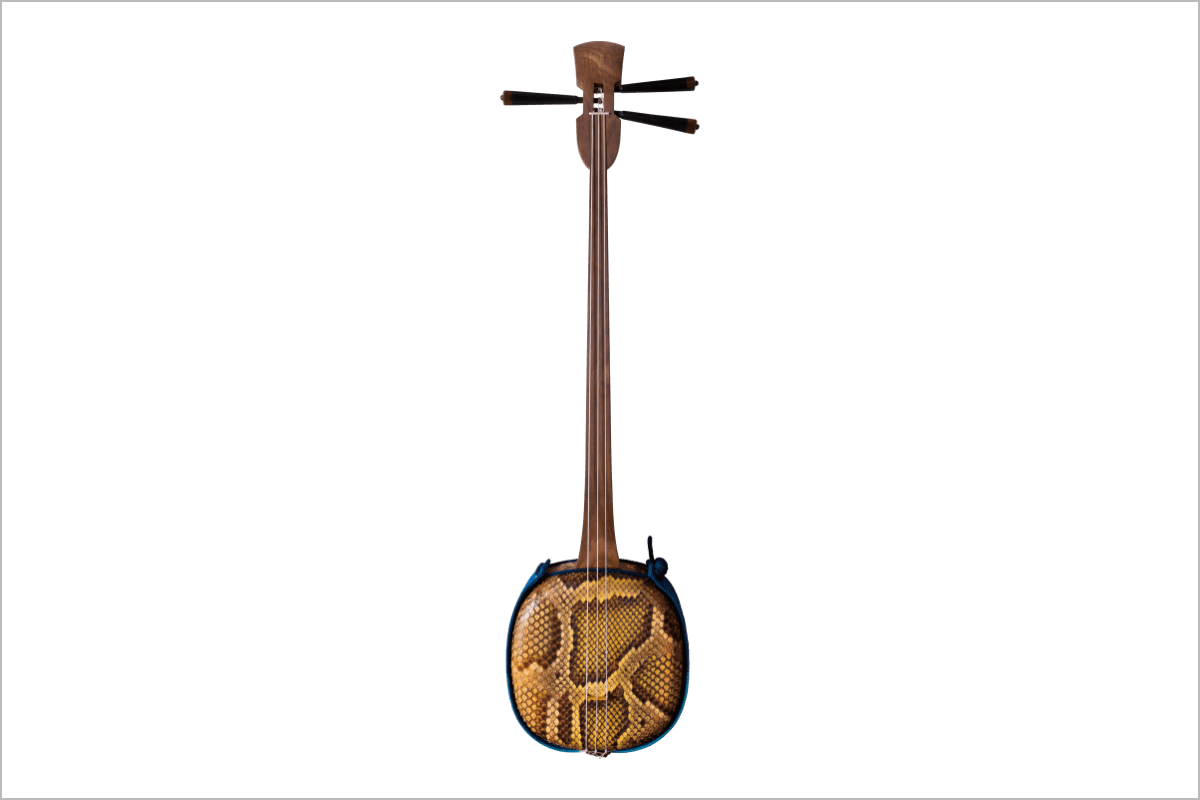
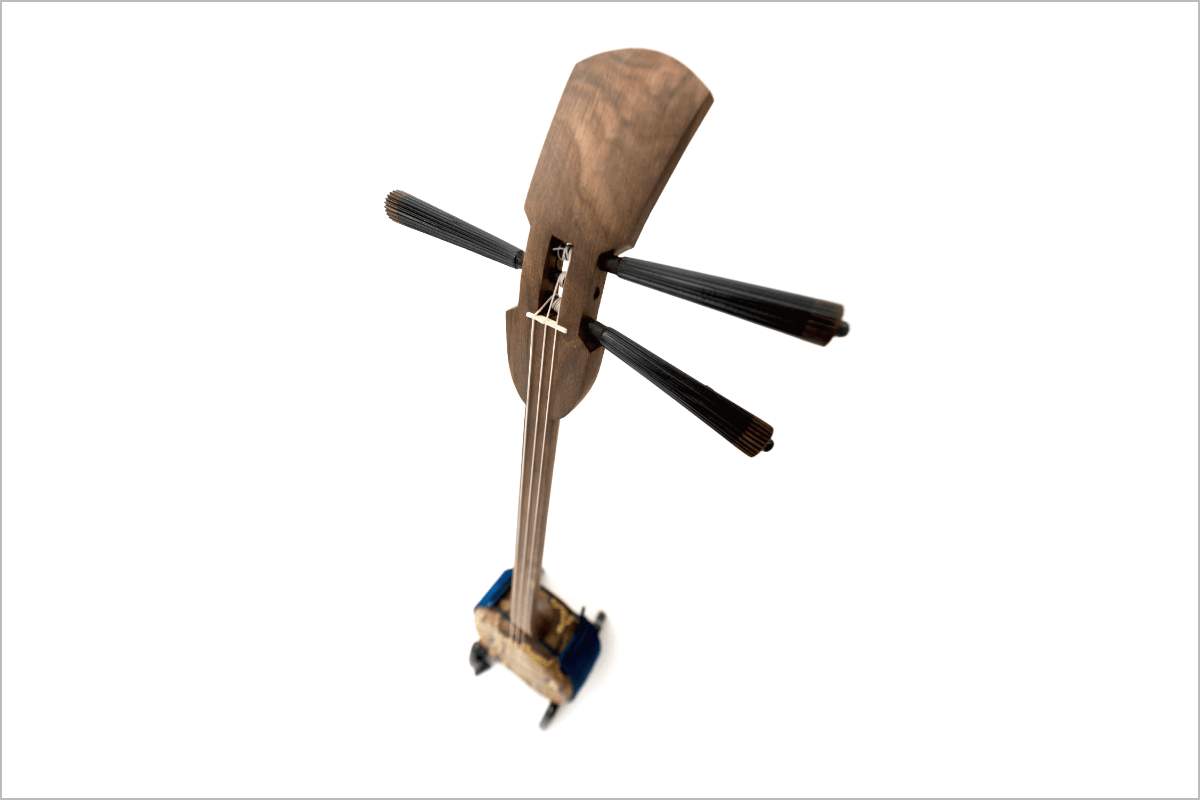
The Fēbaru type is said to be the oldest type amongst them all, and is characterized by its narrower and shorter neck.
The “nomaru” (rear of the neck) and “hatomune” (curve at the neck end) is very similar and is almost impossible to distinguish between one another.
The “nomaru” (rear of the neck) and “hatomune” (curve at the neck end) is very similar and is almost impossible to distinguish between one another.
The Chinin Dēku Type
 It is said to have first been made by a sculptor named Chinin, who was appointed by the “Sanshin Nusidui” (an administration official of the sanshin crafters).
It is said to have first been made by a sculptor named Chinin, who was appointed by the “Sanshin Nusidui” (an administration official of the sanshin crafters).
Ridgelines can be slightly seen on the head (“ten” or “chira”) and curve at the end of the neck (“hatomune” or “utuchikara”).
The Kuba Shundun Type
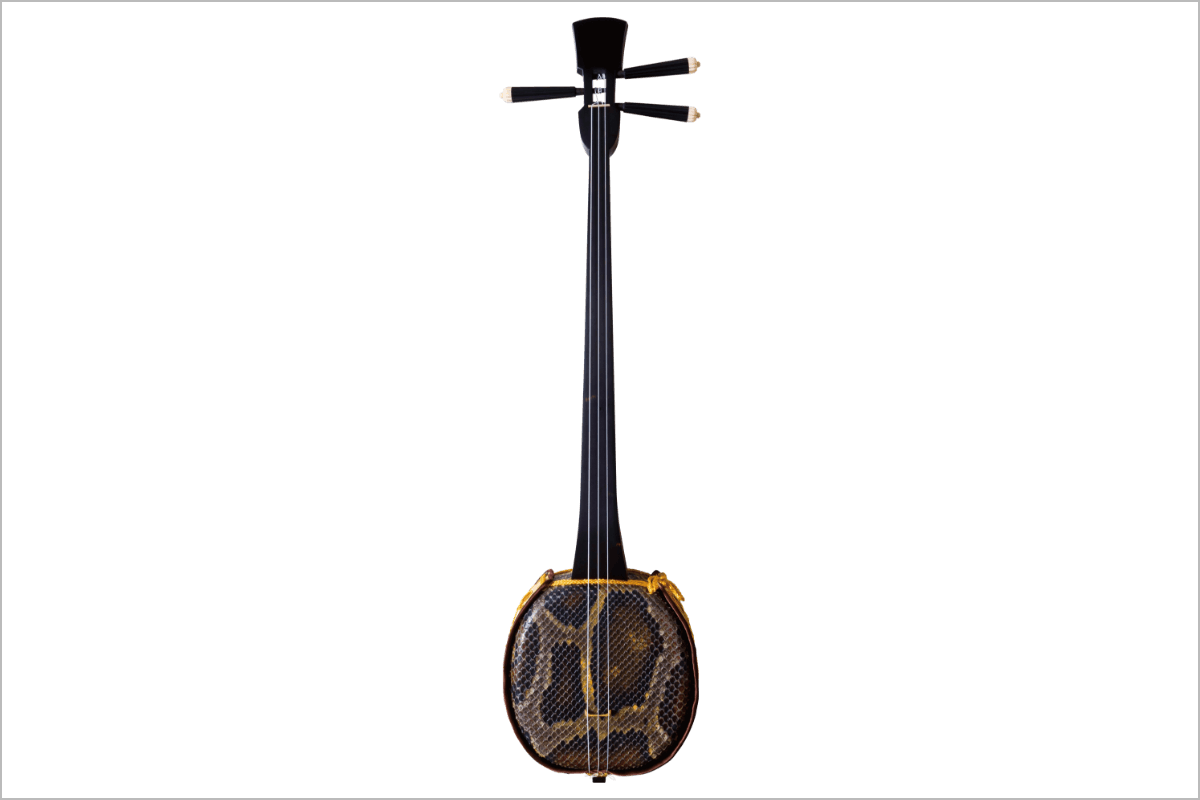
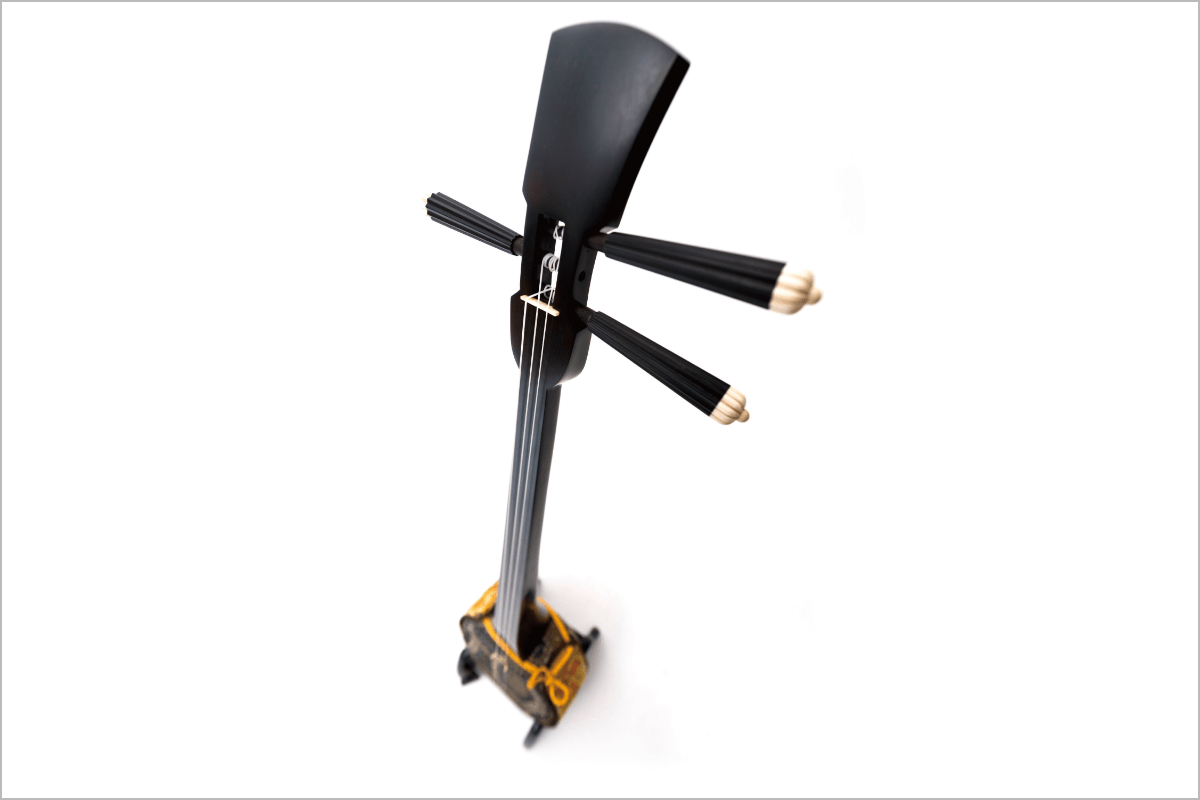
It is the largest among all of the sanshin types.
The neck becomes thicker as it approaches the end. Inside of the body, located in the inner and center part, it is shaped like a step.
The neck becomes thicker as it approaches the end. Inside of the body, located in the inner and center part, it is shaped like a step.
The Kuba-nu-funī Type
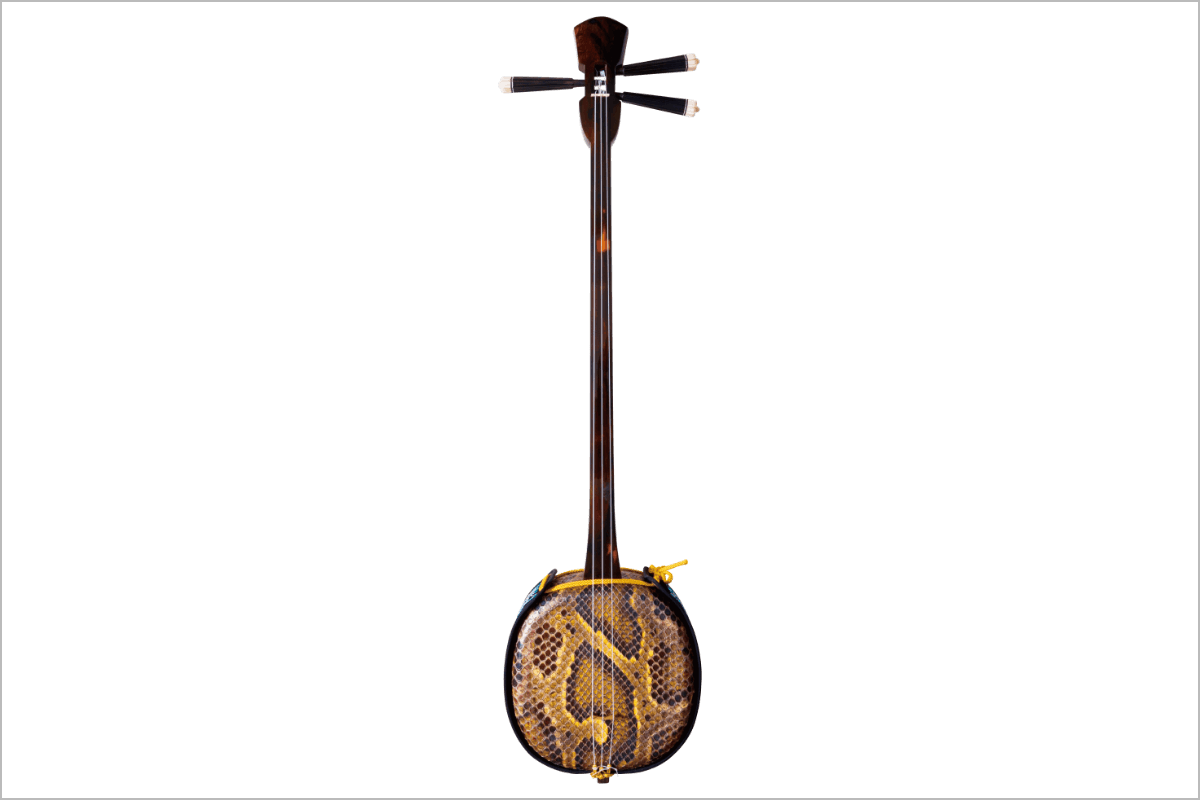
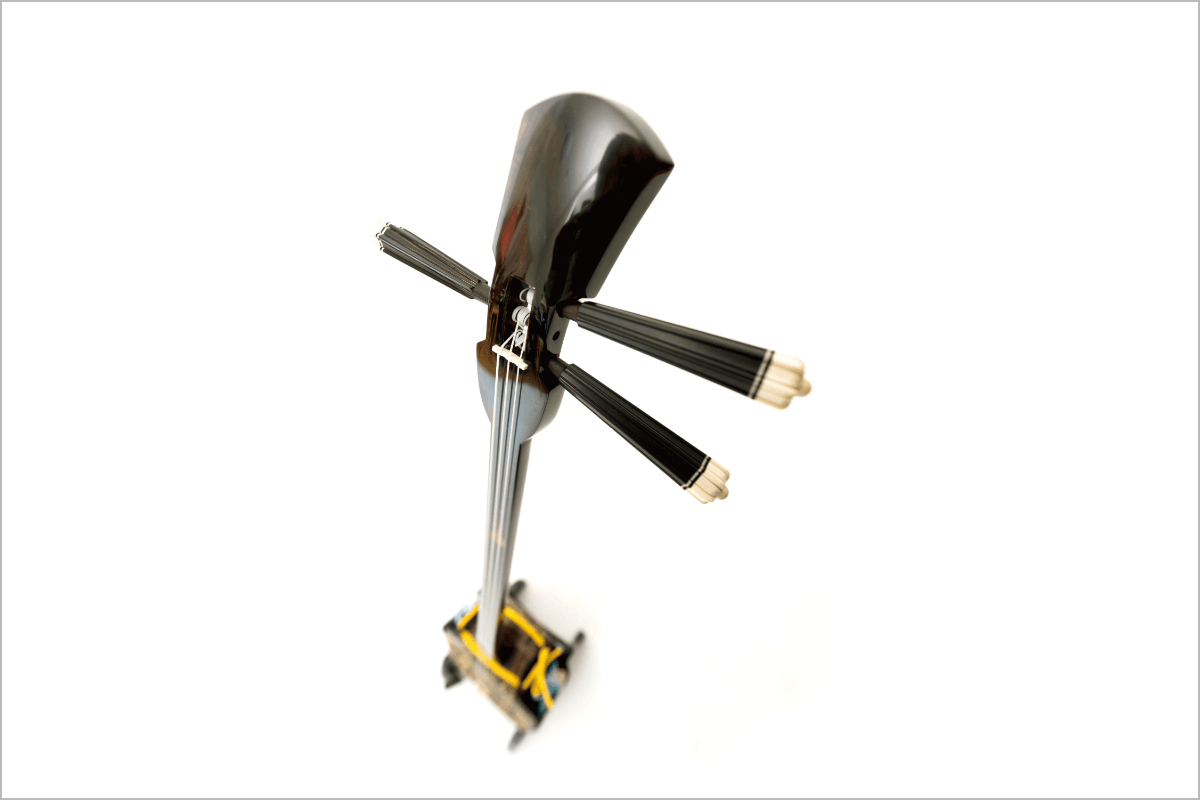
It is said to have been made by Kuba Shundun.
The name “Kuba-nu-funī” is derived from its resemblance to the leafstalk of the “kuba” leaf when the sanshin is seen from the side. The neck is the thinnest amongst all the sanshin types and thickens as it moves toward the end. The “Kuba-nu-funi” type is the smallest of the 7 types.
The name “Kuba-nu-funī” is derived from its resemblance to the leafstalk of the “kuba” leaf when the sanshin is seen from the side. The neck is the thinnest amongst all the sanshin types and thickens as it moves toward the end. The “Kuba-nu-funi” type is the smallest of the 7 types.
The Makabi Type
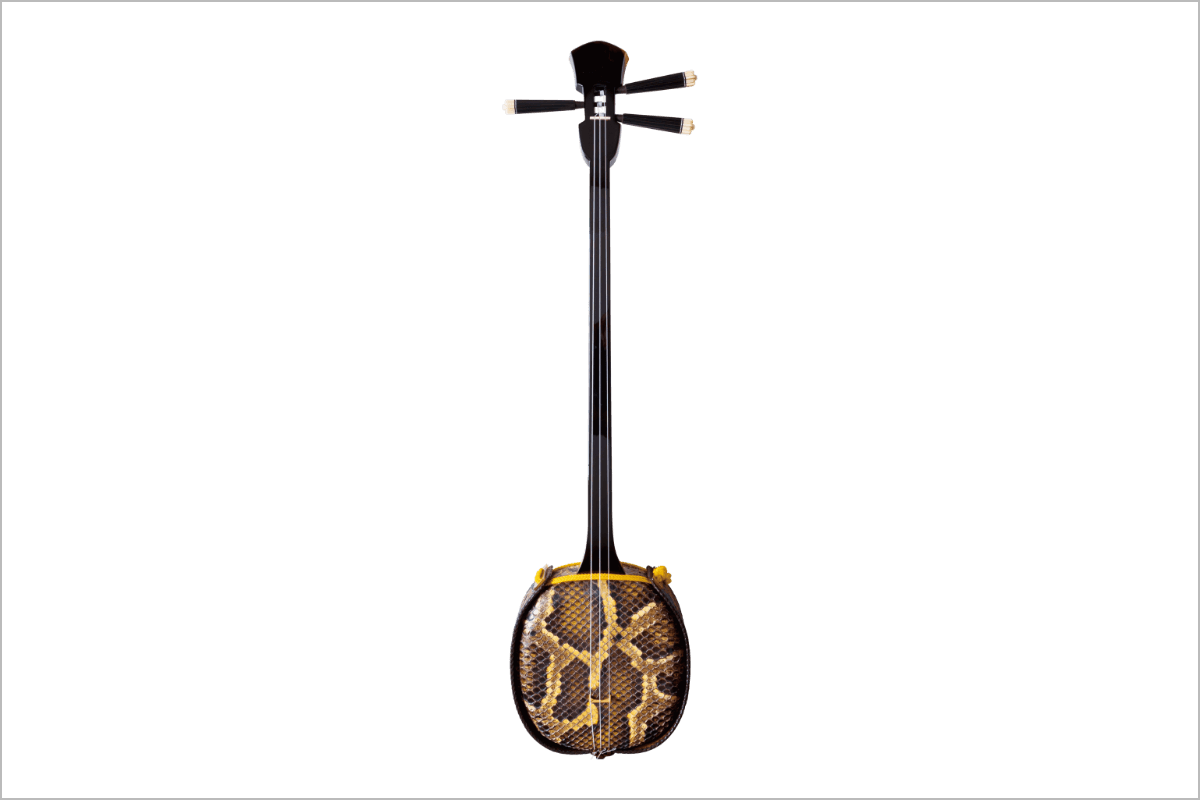
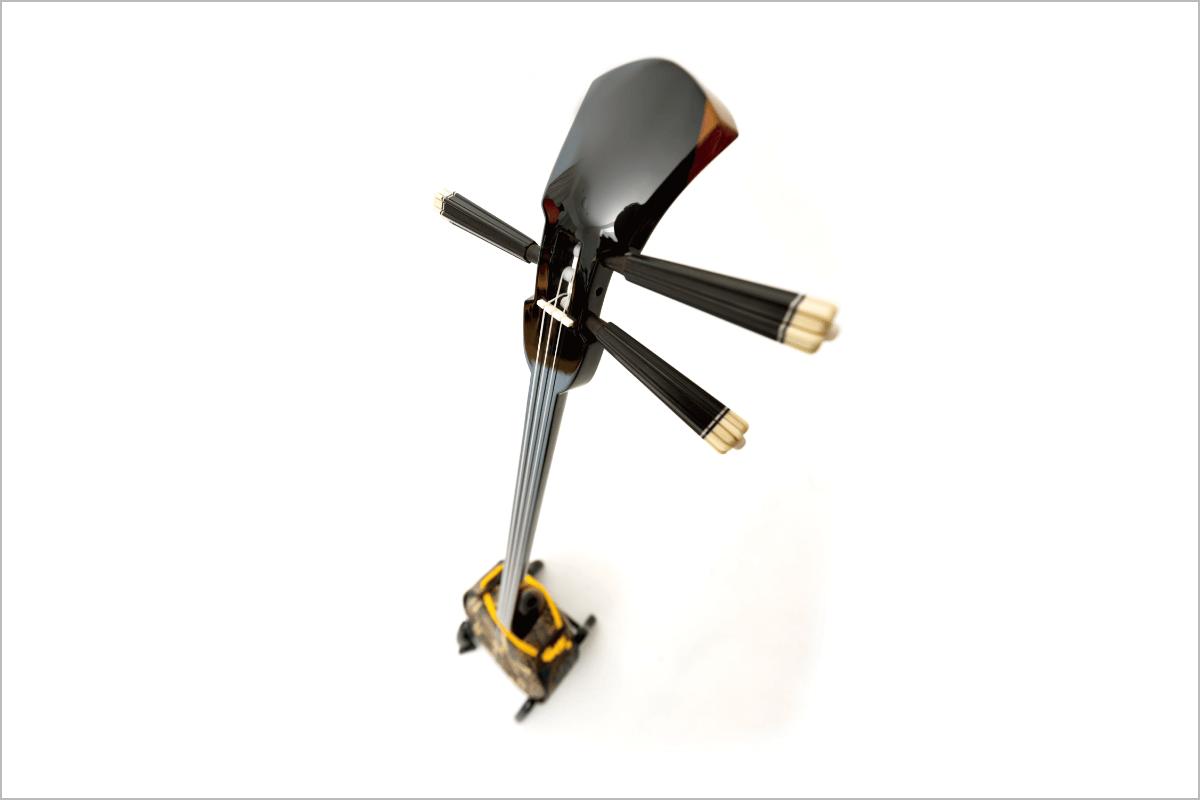
It is the most widespread type, and is said to have been made by the master craftsman Makabi Satunushi.
The sanshin types were called the “Kējō” type during the Ryukyu Kingdom Era, such as the “Morishima Kējō” sanshin. These types are now categorized as the Makabi type.
The sanshin types were called the “Kējō” type during the Ryukyu Kingdom Era, such as the “Morishima Kējō” sanshin. These types are now categorized as the Makabi type.
The Hiranaka Chinin Type
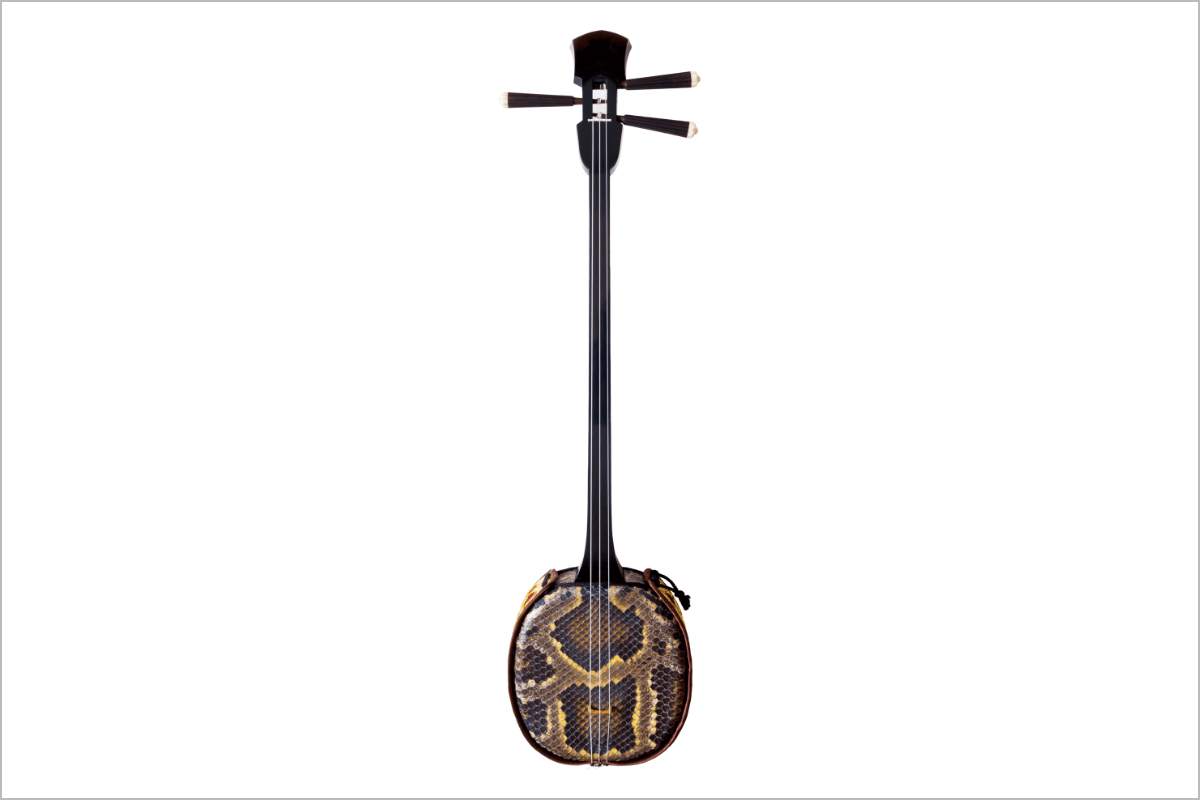
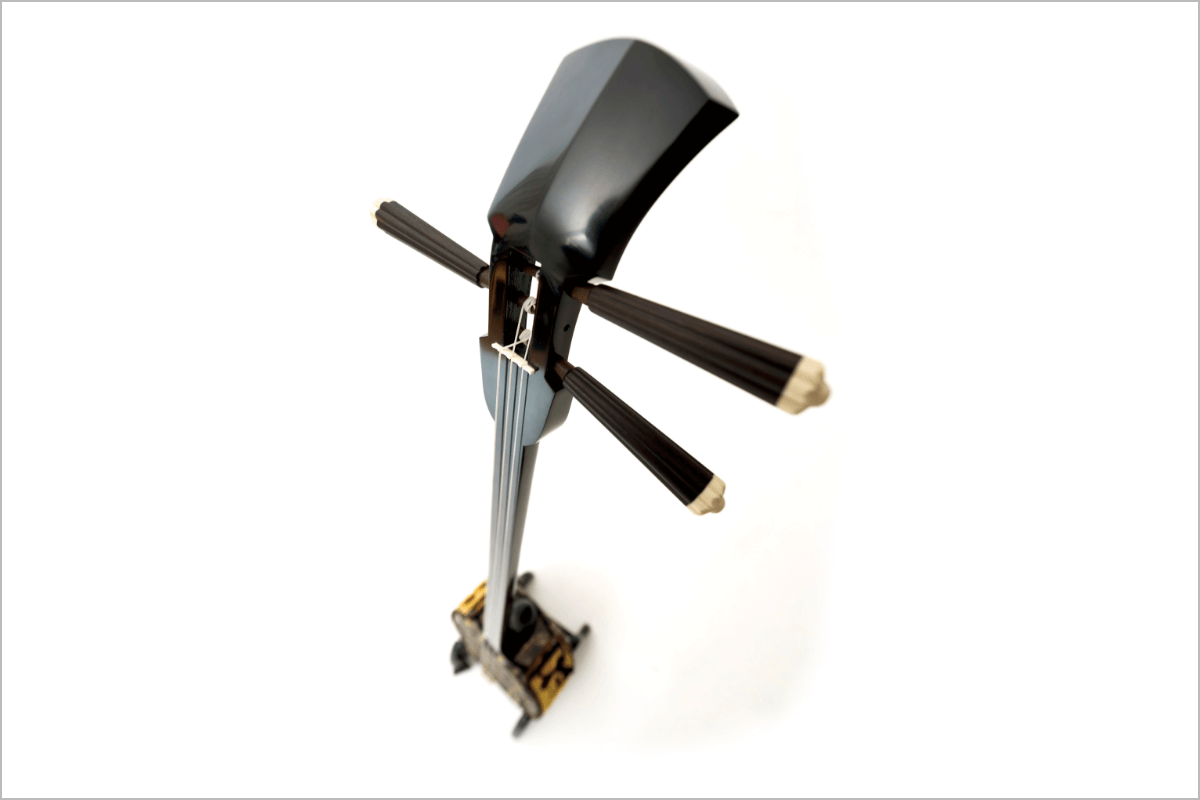
It is said to have been made by Hiranaka, a member belonging to the “Chinin Dēku” lineage.
It is distinguished by the large curvature of the head and the ridgelines that run down the center and curve at the end of neck of the sanshin.
It is distinguished by the large curvature of the head and the ridgelines that run down the center and curve at the end of neck of the sanshin.
The Yunagushiku Type
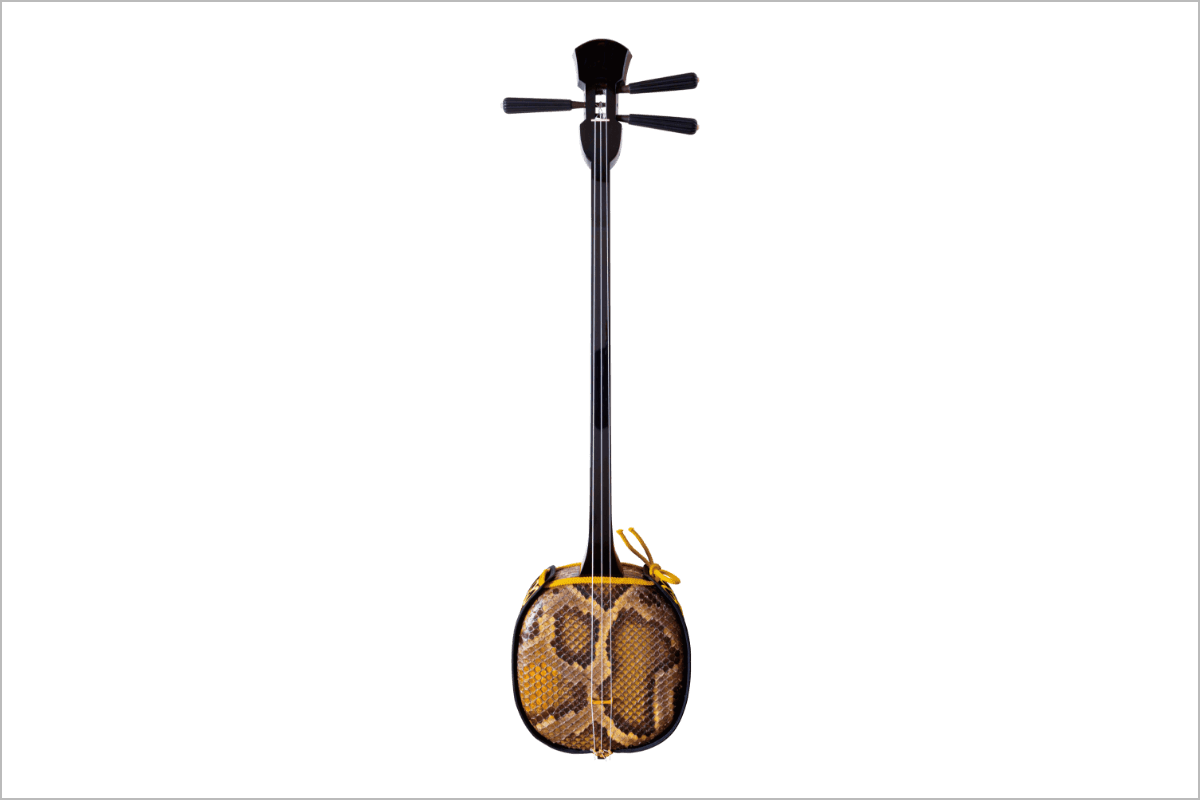
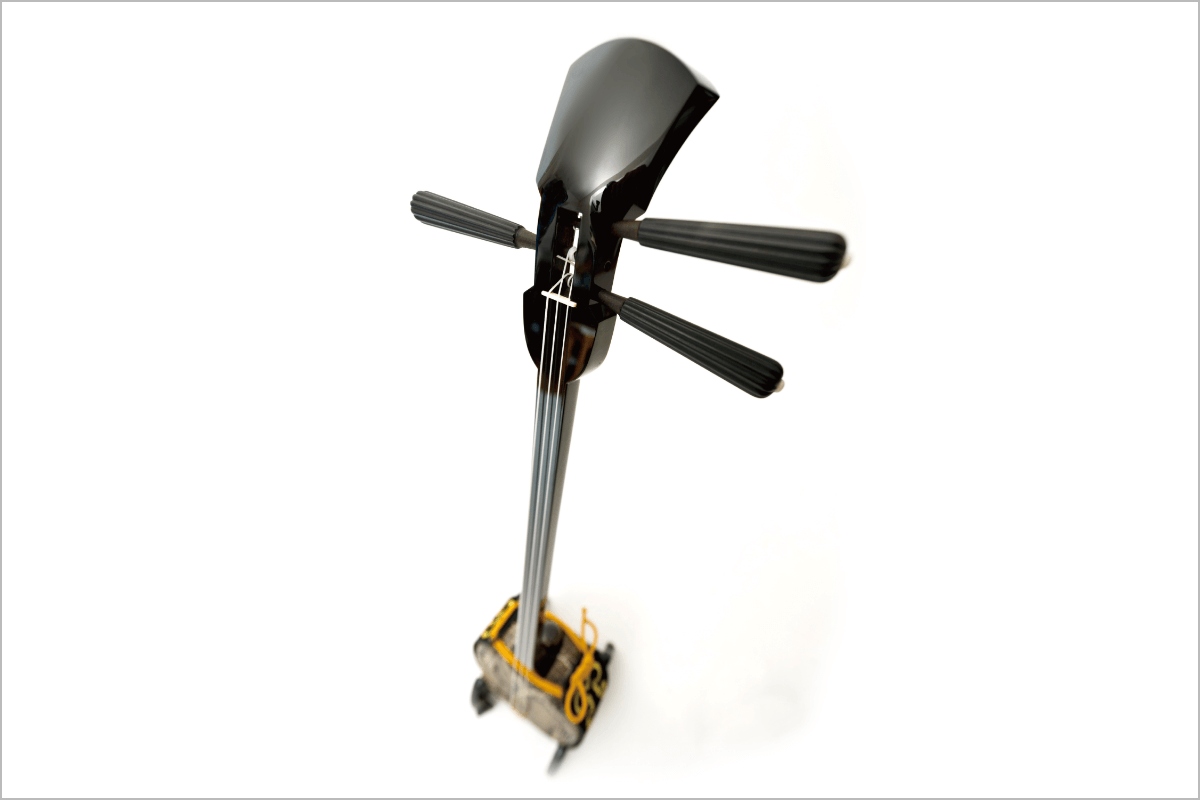
It is said to have been made by Yunagushiku during the same period as the master craftsman Makabi Satunushi. The neck is thicker, the peg is longer, and the curvature at the end of neck is larger. This type is commonly referred to as the “yunā”.
What is the Kējō?
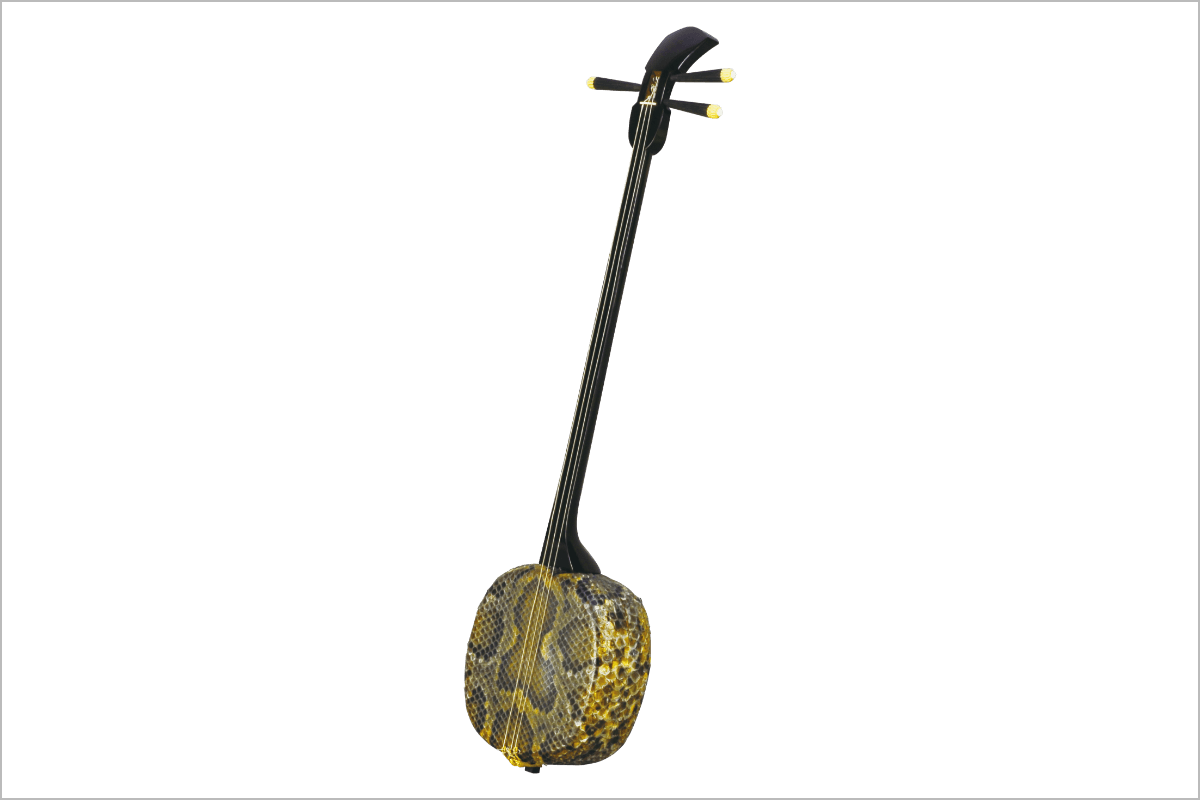
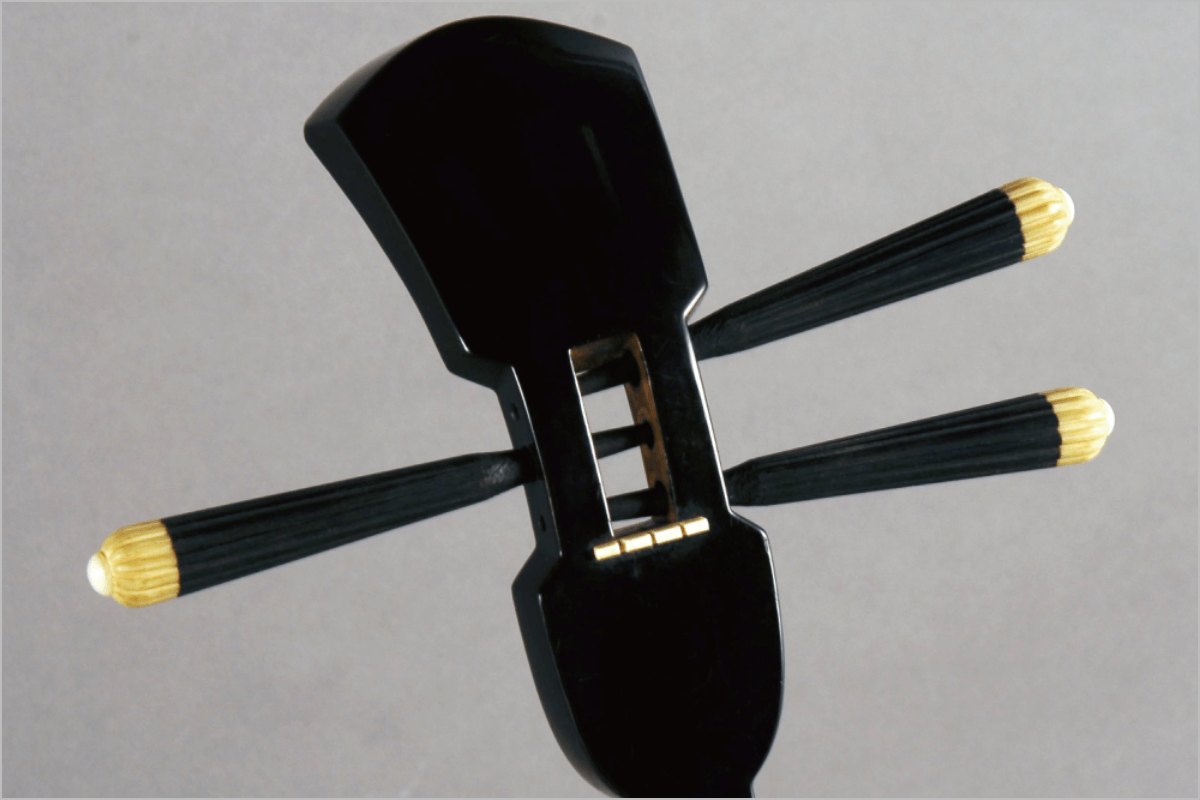
This is an interesting episode related to the Kējō of the Ryukyu Kingdom Era: “Once upon a time, a collection of sanshin that was made by the master craftsman Makabi Satunushi was gathered at “Uchayaudun”, a villa of the Shuri royal family, to compare their performances. Most of the sanshin lost their tones as the night fell; however, there remained five sanshin that continuously increased its beautiful sound even after the break of dawn, when the sound of the Kējō bells rung to notify of the rising sun. These five sanshin came to be called “Gokējō” (the five kējō bells) known to be the best sanshin made by Makabi.”
The most famous Gokējō is said to be the Morishima Kējō, which is owned by the royal family. It was once thought to have been lost during the Battle of Okinawa; however, it has fortunately survived war damage and was donated to Okinawa Prefecture in 1982. The sanshin is currently possessed by the Okinawa Prefectural Museum and Art Museum.
The most famous Gokējō is said to be the Morishima Kējō, which is owned by the royal family. It was once thought to have been lost during the Battle of Okinawa; however, it has fortunately survived war damage and was donated to Okinawa Prefecture in 1982. The sanshin is currently possessed by the Okinawa Prefectural Museum and Art Museum.
